Neuroimaging
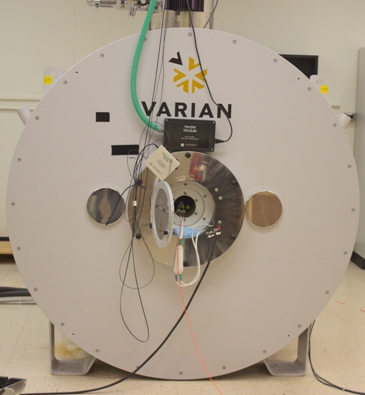
The research in our laboratory utilizes functional magnetic resonance imaging to image activated brain regions and resting-state brain networks. Our lab has established an awake animal imaging paradigm that allows the functional networks of animal’s brain to be studied without the influences of anesthesia (http://www.drugabuse.gov/news-events/nida-notes/2012/06/investigators-map-functional-networks-in-rat-brain). We combine this imaging paradigm with behavioral and other methods to characterize various aspects of different animal models of brain disorders. We also conduct functional imaging studies in human patients so that we can study brain disorders using translational models.
The neuroimaging approaches used in our lab include:
Animal Behavior
Animal behavior assessment provides a hallmark to characterize animal models of brain disorders. We use behavioral measurement to assess cognitive and emotional functions in the animal and combine it with imaging approaches to investigate the neural mechanism underlying characteristic behaviors in different animal models of brain disorders.
Our behavioral measurement includes:
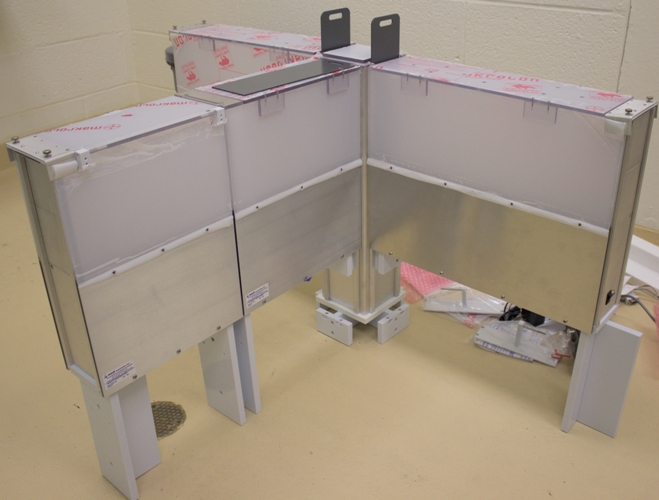
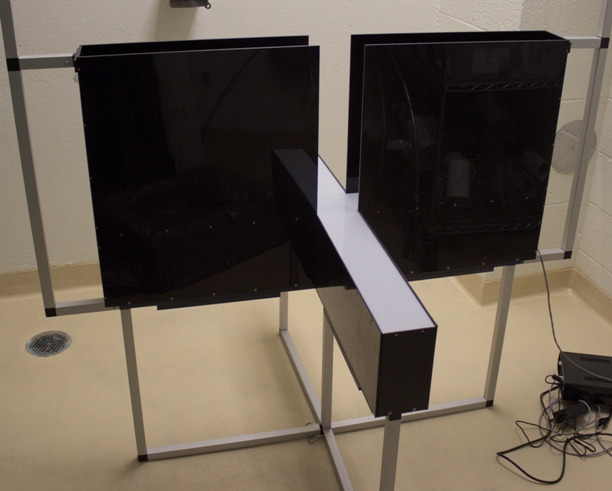
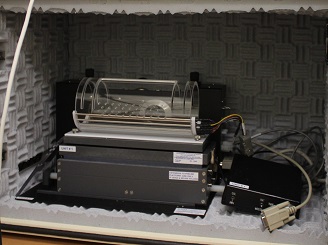
Optogenetics
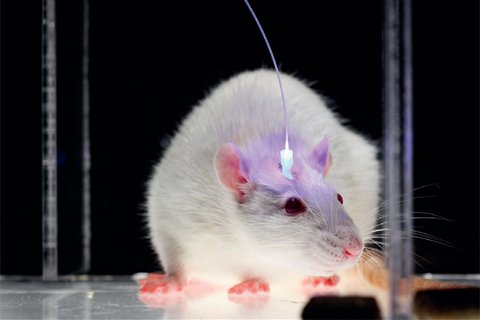
The optogenetics is an emerging technique in which light-activated transmembrane conductance regulators are introduced to achieve optical control of defined action potential patterns in specifically targeted neuron populations. Since optogenetics allows temporally precise modulation over neuronal activity in vivo, by combining optogenetic control and fMRI, neural activity arising from specific circuit elements and its signaling impact on the rest of circuit can be monitored across the whole brain. In our lab, we combine optogenetics and fMRI in awake animals to determine how specific cell types and their signaling impact overall brain function.
